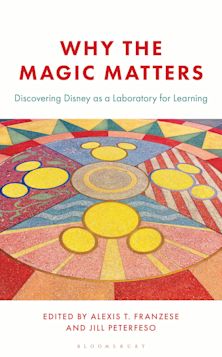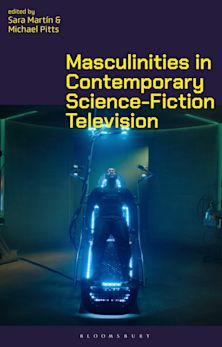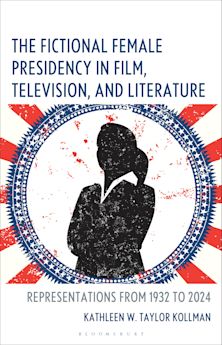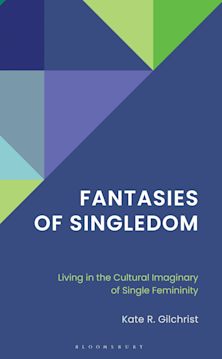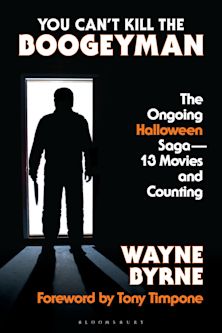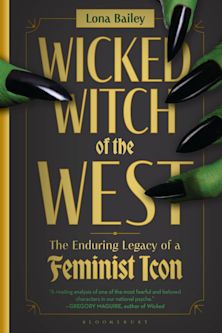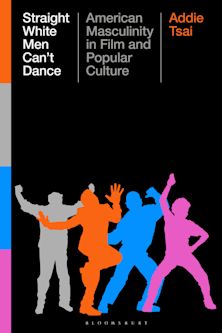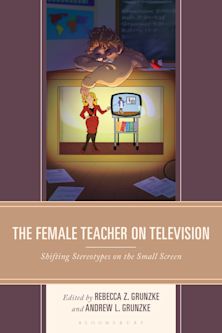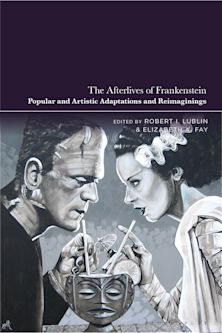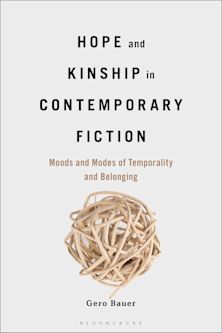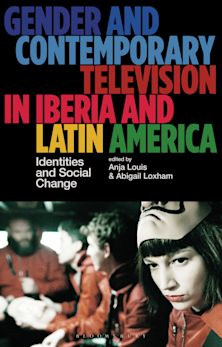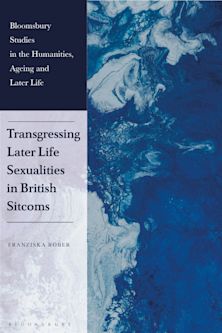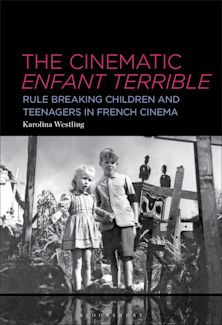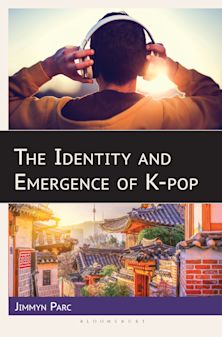- Home
- ACADEMIC
- Film & Media
- Popular Culture
- Children in the Films of Steven Spielberg
Children in the Films of Steven Spielberg
Adrian Schober (Anthology Editor) , Debbie Olson (Anthology Editor) , Jen Baker (Contributor) , Jessica Balanzategui (Contributor) , Noel Brown (Contributor) , Ingrid E. Castro (Contributor) , Andrew M. Gordon (Contributor) , James Kendrick (Contributor) , Peter Krämer (Contributor) , Gabrielle Kristjanson (Contributor) , Fran Pheasant-Kelly (Contributor) , Leonie Rutherford (Contributor)
Children in the Films of Steven Spielberg
Adrian Schober (Anthology Editor) , Debbie Olson (Anthology Editor) , Jen Baker (Contributor) , Jessica Balanzategui (Contributor) , Noel Brown (Contributor) , Ingrid E. Castro (Contributor) , Andrew M. Gordon (Contributor) , James Kendrick (Contributor) , Peter Krämer (Contributor) , Gabrielle Kristjanson (Contributor) , Fran Pheasant-Kelly (Contributor) , Leonie Rutherford (Contributor)
You must sign in to add this item to your wishlist. Please sign in or create an account
Description
To say that children matter in Steven Spielberg's films is an understatement. Think of the possessed Stevie in Something Evil (TV), Baby Langston in The Sugarland Express, the alien-abducted Barry in Close Encounters,Elliott and his unearthly alter-ego in E.T, the war-damaged Jim in Empire of the Sun, the little girl in the red coat in Schindler’s List, the mecha child in A.I., the kidnapped boy in Minority Report, and the eponymous boy hero of The Adventures of Tintin. (There are many other instances across his oeuvre). Contradicting his reputation as a purveyor of ‘popcorn’ entertainment, Spielberg’s vision of children/childhood is complex. Discerning critics have begun to note its darker underpinnings, increasingly fraught with tensions, conflicts and anxieties. But, while childhood is Spielberg’s principal source of inspiration, the topic has never been the focus of a dedicated collection of essays. The essays in Children in the Films of Steven Spielberg therefore seek to address childhood in the full spectrum of Spielberg’s cinema. Fittingly, the scholars represented here draw on a range of theoretical frameworks and disciplines—cinema studies, literary studies, audience reception, critical race theory, psychoanalysis, sociology, and more. This is an important book for not only scholars but teachers and students of Spielberg's work, and for any serious fan of the director and his career.
Table of Contents
Chapter 1: Spielberg and the Kidult, Noel Brown
Chapter 2: Unconditional Love, Hysterical Motherhood and the Lost/Possessed Child: Steven
Spielberg’s Something Evil, Adrian Schober
Chapter 3: Ambiguous Loss: The Depiction of Child Abduction in Spielberg’s Early Films, James Kendrick
Chapter 4: “I’ll be right here!” Dealing with Emotional Trauma in and through E.T. The Extraterrestrial, Peter Krämer
Chapter 5: Children, Innocence and Agency in the Films of Steven Spielberg, Ingrid E. Castro
Chapter 6: Childhood, Race, and the Politics of Dirt in Steven Spielberg's The Color Purple, Debbie Olson
Chapter 7: Betwixt-and-Between: Reclaiming Childhood in Hook, Jen Baker
Chapter 8: Hooked on Happy Thoughts: New Sincerity and Spielberg’s Troubled Nostalgia for Mythic Childhood, Jessica Balanzategui and Gabrielle Kristjanson
Chapter 9: Bipolar Boys: Spielberg's Manic-Depressive Children, Andrew M. Gordon
Chapter 10: Trauma, Loss, Anxiety: Spielberg’s Missing Children in Minority Report, Jurassic Park and War of the Worlds, Fran Pheasant-Kelly
Chapter 11: Body Consciousness and Adolescence in The Adventures ofTintin: The Secret of The Unicorn, Leonie Rutherford
Product details
| Published | 13 Apr 2016 |
|---|---|
| Format | Ebook (Epub & Mobi) |
| Edition | 1st |
| Extent | 326 |
| ISBN | 9781498518857 |
| Imprint | Lexington Books |
| Illustrations | 6 BW Photos, 20 Color Photos, 1 Table |
| Series | Children and Youth in Popular Culture |
| Publisher | Bloomsbury Publishing |
About the contributors
Reviews
-
A stimulating and original collection. A range of distinguished scholars have been assembled to reflect on the representation of childhood in Spielberg's work, and collectively they challenge the frequent critical accusations of sentimentality, illuminating instead the sensibility of a director whose work has always shown an unusual sensitivity to the traumas and dangers of childhood and how children (and adults) cope with this sense of anxiety and loss. An important contribution to Spielberg studies.
Neil R. Sinyard, Emeritus Professor of Film Studies, University of Hull
-
Adrian Schober and Debbie Olson’s collection Children in the Films of Steven Spielberg testifies to the potency of the child figure in Spielberg’s films. The essays in this collection reveal that Spielberg’s depictions of childhood are shaped by social anxieties about the safety of children, their complicated relations with adults, and the pressures that affect modern families. The collection will generate lively discussions of Spielberg’s films across studies of children’s literature, childhood and popular cinema.
Clare Bradford, Alfred Deakin Professor, Deakin University

















